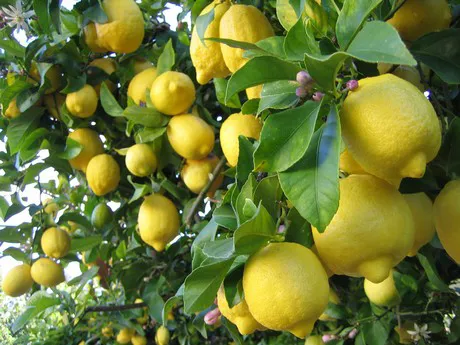Organic lemons in California have started to transition to a new region.
“We are still picking in the D2 coastal region and it’s very slim. D2 is pretty much done,” says Bianca Kaprielian of Fruit World Co. Inc. in Reedley, Ca. “Some growers have started in D3 already, the Desert region, and we’ll probably start in the desert in early October.”
Regardless, the fruit that’s coming out of both regions is smaller in size. “It’s peaking on 165s and 140s. Just because it is new crop and hasn’t had much time to mature,” she says, adding that the fruit is also green currently and getting gassed to turn it yellow.

Lighter crop
At the same time, the crop also looks slimmer than usual. “Everybody’s light. We’re estimating things are about 35 percent lighter in D3. So everyone’s picking D3 a little earlier and the fruit is lighter and that means we’ll potentially get into D1, the Central Valley region, earlier.”
She adds that D1 also has a slightly lighter crop as well, but not as light as the D3 region. “It was all the heat that definitely affected D3 and D1,” she says. “Overall this year’s crop is off by quite a bit and I think we’ll see things really tighten up.”
Currently organic lemons are still coming in from Mexico and while that usually continues through the beginning of December, it too may end early because of its lighter crop. “There is strong demand for California fruit, especially on the organic side, so we see that many customers are ready to come back to California even if Mexico is still going,” says Kaprielian. “The demand for California fruit is there and there’s Mexican fruit in the gap until our production can meet the demand.”
Altogether, this is pushing prices higher. “It’s anywhere from 15-25 per cent higher than last year,” says Kaprielian. That said, she anticipates pricing will drop slightly then likely stabilize for the California fruit.
For more information:
Bianca Kaprielian
Fruit World Co. Inc.
Tel: +1 (510) 292-1876
bianca@fruitworldco.com
